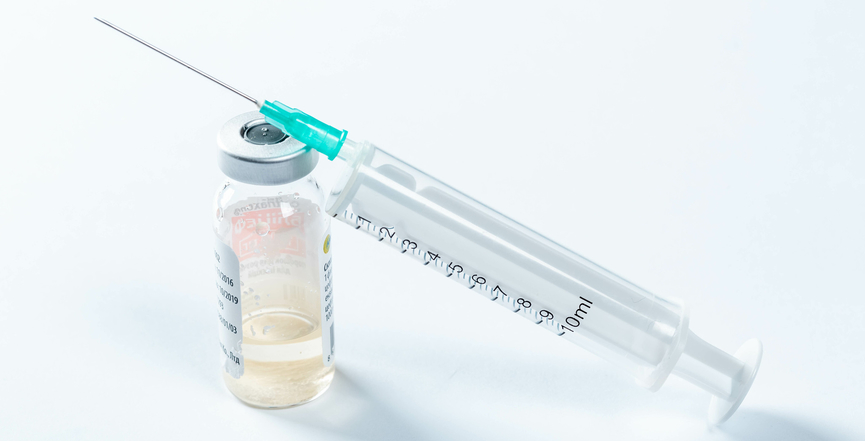Doug Ford announced on the weekend that Ontario would contribute $20 million toward coronavirus research, adding: “there’s no reason a vaccination can’t be found right here in Ontario.”
If Ontario playing a starring role in solving a global health crisis sounds far-fetched, it shouldn’t. It wouldn’t be the first time.
Although not widely known, scientists at Connaught Labs here in Toronto played an essential role in developing a vaccine against the scourge of polio.
The crippling childhood disease — which ranked second only to nuclear war as the public’s biggest fear — stopped terrorizing families after U.S. virologist Dr. Jonas Salk came up with a vaccine in 1955.
Salk’s name deservedly lives on as one of the great medical pioneers of the 20th century. But his landmark achievement only happened after crucial breakthroughs from a largely uncelebrated team of scientists at Connaught Labs.
Salk himself later described the Connaught efforts as “Herculean,” according to Toronto medical historian Christopher Rutty.
Much like the COVID-19 crisis today, the polio virus terrified the public because there was no cure nor vaccination. Its prime victims were children, who could end up dead or physically disabled for life.
In the late 1940s, scientists, including those at Connaught Labs, were scrambling to develop a polio vaccine.
Connaught, a unique public institution affiliated with the University of Toronto, had already made some dazzling contributions to public health and medicine since it had been established by a Toronto doctor in 1913 — with the goal of bringing often unaffordable medical treatments “within reach of everyone.”
Salk, working at the University of Pittsburgh School of Medicine, had made the initial discovery, finding a way to develop antibodies against the polio virus. But his vaccine, relying on animal serum, was too risky to test on children.
Around the same time, a Connaught team of scientists headed by Dr. Andrew Rhodes developed a synthetic mixture known as Medium 199, which seemed promising. They contacted Salk. Using Medium 199 developed by Connaught as a base, Salk was able to develop a vaccine safe for testing on children. Initial tests proved encouraging.
But earlier polio vaccine attempts developed by others had produced serious side-effects. A large-scale trial would be necessary, and it seemed impossible to produce the huge amounts of vaccine needed.
Once again, Connaught scientists came up with the solution — in this case, an innovation by senior Connaught scientist Dr. Leone Farrell, one of the few women at the time with a PhD in biochemistry.
Farrell designed a process that involved gently rocking large bottles filled with Medium 199, mixed with live polio viruses inserted by glass tubes. Her ingenious procedure — which became known as the “Toronto method” — was key to enabling a polio vaccine trial involving 1.8 million children.
The trial was carried out and proved effective — to public jubilation. U.S. regulators quickly authorized production, and a number of U.S. vaccine producers hurried to meet the enormous demand in April 1955.
In the rush, one of the producers, a California company that lacked sufficient expertise, produced a defective vaccine that infected 40,000 American children with polio, leaving dozens paralyzed.
The U.S. vaccination program was immediately halted. In Canada, the Liberal government agonized over whether to continue with its vaccinations, which were being produced by Connaught. Canadian health minister Paul Martin Sr. — himself a polio survivor, along with his son who later became prime minister — decided to trust Connaught and continue with the Canadian trial.
It turned out to be a huge success, and helped save the vaccination program. As Rutty notes: “The Canadian success in manufacturing and freely distributing a safe polio vaccine contrasted sharply with the tragic events south of the border.”
It also highlighted the advantages of Connaught as a publicly owned lab exclusively focused on promoting public health without the motivation to cut corners in the interests of making profits.
Connaught’s indispensable role in developing the first polio vaccine reminds us of Canada’s ability to perform brilliantly in a public health crisis.
Tragically, however, we are faced with such a challenge today without the benefit of Connaught which, after being privatized in the 1980s, is now a mere division of a French pharmaceutical company.
Linda McQuaig is an author and journalist. This column, which appeared in The Toronto Star, is based on research from her new book The Sport & Prey of Capitalists.
Image: Marco Verch/Flickr




